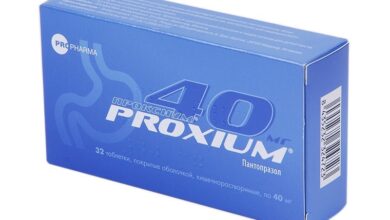A Comprehensive Guide to Reduce Soreness in Your Muscles After Workout

Step 1: Before exercising, warm up properly
A good warm-up programme is the first step towards minimising muscular discomfort. Do dynamic exercises like arm circles, leg swings, and light stretches for five to ten minutes before starting your workout. In the end, a dynamic warm-up lowers your chance of experiencing soreness after a workout by improving blood flow to your muscles, increasing your flexibility, and getting your body ready for the physical demands of exercise.
Step2: Drink Water Before, During, and After Physical Activity
Hydration is essential for both muscle growth and function. Make sure you drink enough water prior to, during, and after your exercise. Dehydration may make muscles more painful and take longer to heal. Try to stay hydrated throughout the day by drinking plenty of water. If you exercise intensely, you should also think about ingesting electrolyte-rich drinks to replace lost fluids and minerals.
Step 3: Pay attention to your technique and posture
To reduce muscular pain and avoid injury, it’s essential to exercise with correct posture and technique. Pay close attention to how you execute each action, whether you’re lifting weights, doing bodyweight workouts, or doing cardiovascular activities. An injury or increased pain may result from improper form, which puts undue strain on your muscles and joints.
Step 4: Increase Duration and Intensity Gradually
Resist the urge to put too much pressure on yourself too quickly. To give your muscles time to adjust and get stronger, progressively increase the length and intensity of your exercises. You may impede your overall growth and recuperation by rapidly increasing the intensity of your exercises, which can lead to excessive muscular exhaustion and pain.

Step 5: Use Active Rehabilitation Methods
Reducing muscular discomfort and speeding up the healing process may be greatly aided by active recovery strategies. On your rest days, think about adding low-impact exercises like cycling, swimming, or walking to help with blood circulation and muscle recovery without adding further strain to your body.
Use self-myofascial release and foam rolling in step six.
Effective methods for reducing muscular pain and increasing flexibility include foam rolling and self-myofascial release techniques. Get a foam roller and use it to work on certain muscle parts. Rolling back and forth will help relieve tension and break up adhesions in the muscle tissue. Use foam rolling as a way to improve healing and lessen discomfort after your exercise or as a regular component of your self-care routine.
Step 7: Make Rest and Good Sleep Your Top Priority
For the best possible recuperation of muscles and general health, good sleep is crucial. To give your body enough time to heal and recover, try to get between seven and nine hours of sleep per night. development hormones, which aid in muscle development and repair and relieve stiffness and exhaustion from exercise, are released by the body as you sleep.
Add Foods High in Nutrients to Your Diet in Step 8
For muscles to heal and regenerate, nutrition is essential. Sustain muscular health and minimise inflammation by providing your body with nutrient-rich meals. To provide your muscles the necessary nutrition they need for efficient recovery, include lean proteins, complex carbs, healthy fats, and fruits and vegetables high in antioxidants in your diet.
Step 9: Continue to Recover Continually
The best possible recuperation and to minimise pain in the muscles, routine consistency is essential. Create a thorough healing regimen using the previously listed tactics, then follow it religiously. Based on your unique recuperation requirements and fitness objectives, pay attention to your body’s indications and modify your regimen as necessary.
Step 10: Track Your Development and Make Adjustments As Needed
Lastly, pay careful attention to your progress and modify your rehabilitation regimen as needed. Determine which recuperation methods are most effective for you by paying attention to how your body reacts to them. Recognise that development requires time and commitment, so be patient and consistent in your attempts to reduce muscular discomfort.




